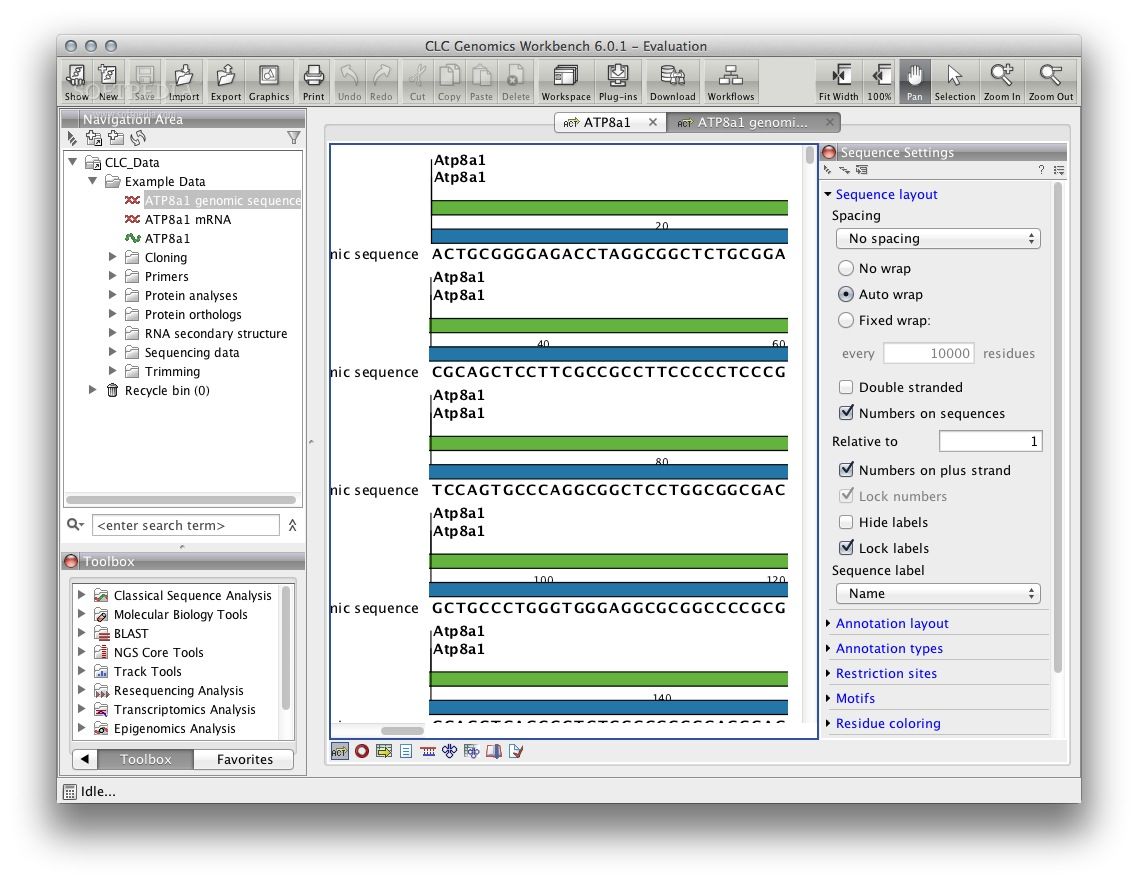

These software solutions are usually easy to use, regardless of the user’s bioinformatics skill, but they are also quite expensive and might be limited for some analyses (specific applications). Some commercial sequence analysis software is able to handle HTS data (see Section 4.3.8), with dedicated modules for common operations (e.g., mapping and assembly). The cost of the bioinformatics analysis in a HTS project was estimated to be around 15% of the total cost of a program (an example for whole genome analysis in cancer research), and it includes the salary of the bioinformatician and cost of data storage. Modern sequencing platforms can generate massive amounts of data, and not all laboratories wishing to use HTS in their projects have the necessary infrastructure and bioinformatics expertise, which, for example, is one of the main challenges identified for the adoption of these technologies in diagnostic laboratories. What Should I Anticipate and How Should I Prepare? By including a short glossary ( Figure 1), checklists, and comparison tables, we aim to present the topic to the widest possible audience and thus encourage the use of HTS technologies by researchers with limited experience in the field.Ģ. We provide a short introduction to the laboratory work required and then describe the possible steps in data processing for the detection of plant viruses, including quality control and trimming of the sequences, de novo assembly, sequence similarity searches, and taxonomic classification of the identified viral sequences. In this review, we aim to present the different and often complementary approaches used for analysis of HTS data for the detection of plant viruses. Arguably, one of the main challenges for less experienced users of HTS is to understand, select, and properly use tools for the analysis of HTS data intended for detection and identification of plant virus sequences. The variation in results associated with the use of different pipelines in different labs has highlighted the significance of understanding different approaches.

Many different bioinformatics tools have been developed and different pipelines have been used to detect and identify plant viruses represented in HTS datasets. From the first uses of HTS for detection of plant viruses in 2009, the use of this technology for detection of known and new plant viruses and the characterization of viromes in different plant species has intensified dramatically. In the past decade, sequencing prices have significantly decreased, and the technology has become accessible to many more research and diagnostic labs. HTS enables the untargeted acquisition of extremely large amounts of sequence data from diverse sample types and thus represents an ideal and unique solution for the generic detection of highly diverse viruses. High-throughput sequencing (HTS) technologies have become an integral part of research and diagnostics toolbox in life sciences, including phytopathology and plant virology. By presenting the bioinformatic tools and a detailed overview of the consecutive steps that can be used to implement a well-structured HTS data analysis in an easy and accessible way, this paper is targeted at both beginners and expert scientists engaging in HTS plant virome projects. We start from sample preparation and nucleic acid extraction as appropriate to the chosen HTS strategy, which is followed by basic data analysis requirements, an extensive overview of the in-depth data processing options, and taxonomic classification of viral sequences detected. Here, we present a critical overview of the steps involved in HTS as employed for plant virus detection and virome characterization. As HTS technologies are heavily relying on bioinformatics analysis of the huge amount of generated sequences, it is of utmost importance that researchers can rely on efficient and reliable bioinformatic tools and can understand the principles, advantages, and disadvantages of the tools used. High-throughput sequencing (HTS) technologies have become indispensable tools assisting plant virus diagnostics and research thanks to their ability to detect any plant virus in a sample without prior knowledge.


 0 kommentar(er)
0 kommentar(er)
